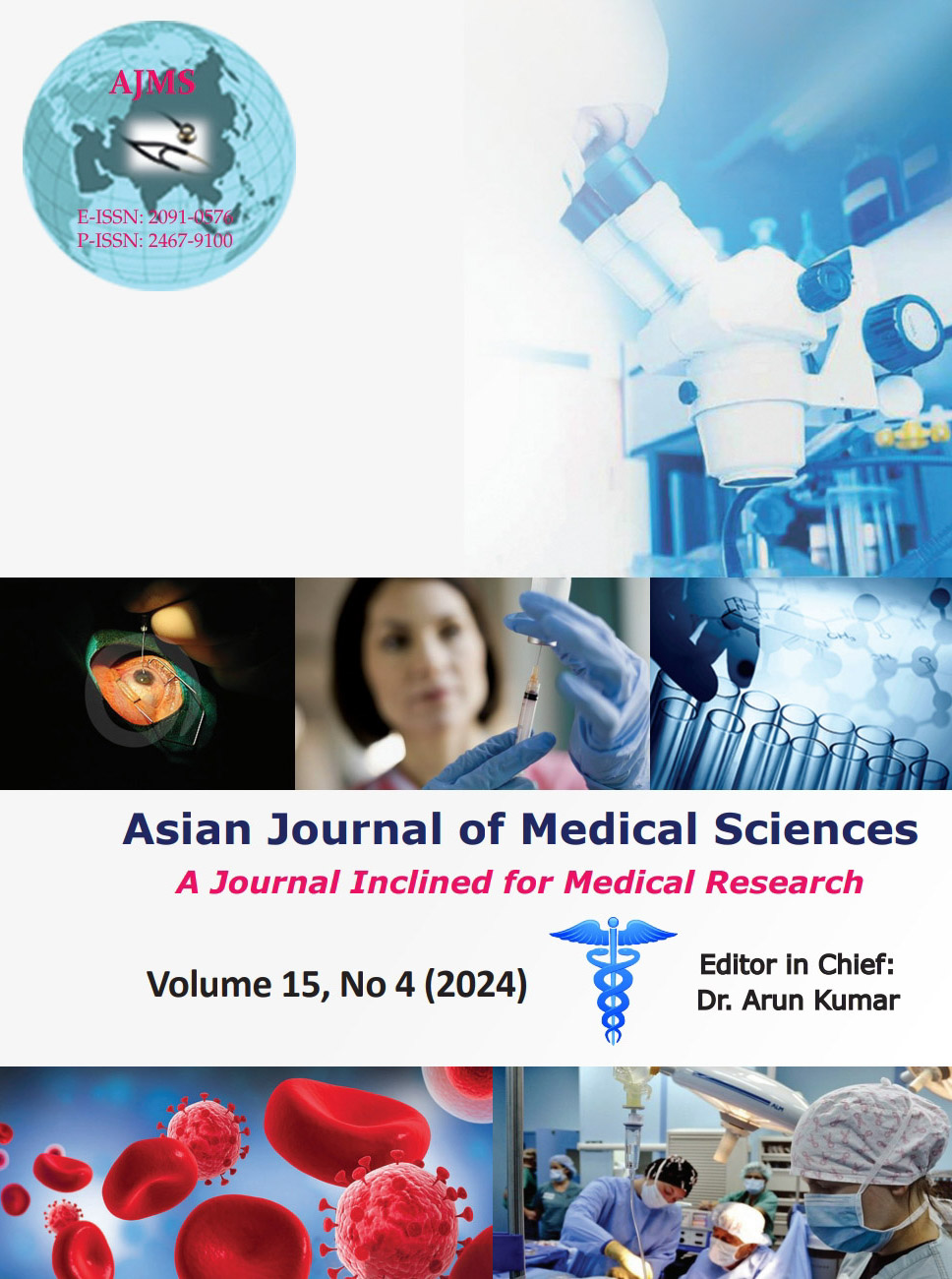A prospective study on the incidence and outcome of cranial nerve injuries in patients with traumatic brain injuries
Keywords:
Head injury; Cranial nerve injury; Traumatic brain injuryAbstract
Background: The worldwide mortality and morbidity rates are highest for traumatic brain injury (TBI), which frequently involves damage to the cranial nerves (CNs). The occurrence of CN injury (CNI) in craniocerebral trauma ranges from 5 to 23%.
Aims and Objectives: The objective of this study is to evaluate the occurrence of CNI in TBI patients within our population and determine the association between CN involvement and the severity of head injuries. In addition, we aim to assess the outcomes of patients who experience CNI in cases of head trauma.
Materials and Methods: In our institution, a prospective observational analytical study was conducted from July 2022 to June 2023. The study included 100 patients aged over 1 year who had sustained head injuries. These patients were followed up for a period of 6 months.
Results: Our study included a total of 100 patients, revealing that the highest number of head injuries occurred within the age range of 20–60 years, with an average age of 46 years. Among the study population, males accounted for 74%. Of these patients, 66 had mild head injuries, 22 had moderate head injuries, and 12 were admitted with severe head injuries. We discovered that 15% of TBI patients experienced CNIs. Specifically, five patients had a single CN palsy, while three patients had multiple CN palsies. Road traffic accidents accounted for 78% of the cases, making them the most common cause of injury, while low-velocity injuries only made up 22% of the cases. The facial nerve was the CN most frequently affected, followed by the olfactory nerve, optic nerve, and vestibulocochlear nerve. Among the 15 patients with CNI, seven had delayed symptoms, whereas eight patients presented with immediate symptoms.
Conclusion: A substantial proportion of patients experience a delayed onset of CNI symptoms. Therefore, it is essential to perform a comprehensive neurological examination of all CNs during follow-up for all TBI patients.
Downloads
Downloads
Published
How to Cite
Issue
Section
License
Copyright (c) 2024 Asian Journal of Medical Sciences

This work is licensed under a Creative Commons Attribution-NonCommercial 4.0 International License.
Authors who publish with this journal agree to the following terms:
- The journal holds copyright and publishes the work under a Creative Commons CC-BY-NC license that permits use, distribution and reprduction in any medium, provided the original work is properly cited and is not used for commercial purposes. The journal should be recognised as the original publisher of this work.
- Authors are able to enter into separate, additional contractual arrangements for the non-exclusive distribution of the journal's published version of the work (e.g., post it to an institutional repository or publish it in a book), with an acknowledgement of its initial publication in this journal.
- Authors are permitted and encouraged to post their work online (e.g., in institutional repositories or on their website) prior to and during the submission process, as it can lead to productive exchanges, as well as earlier and greater citation of published work (See The Effect of Open Access).




